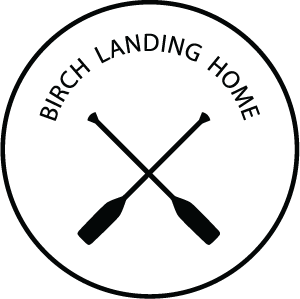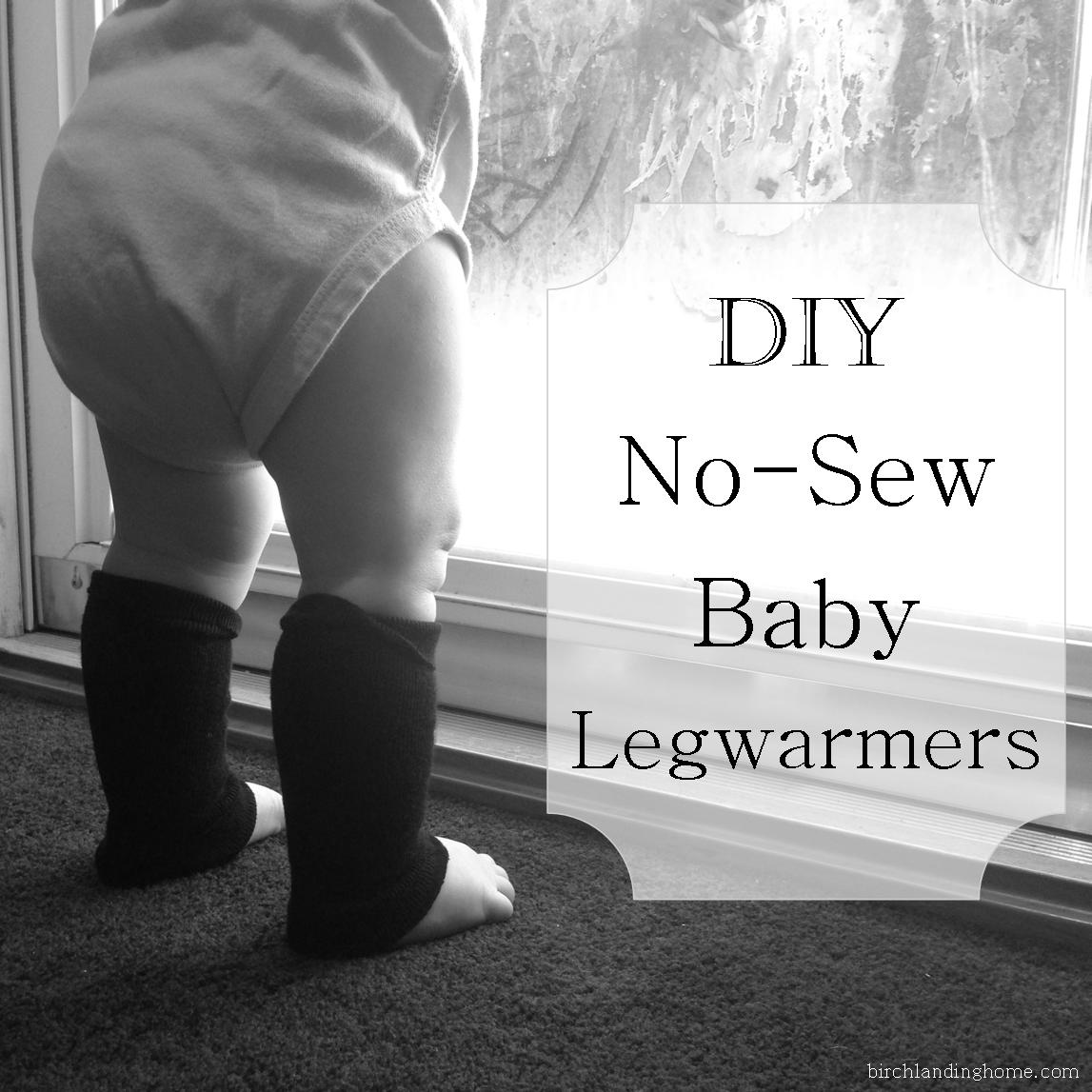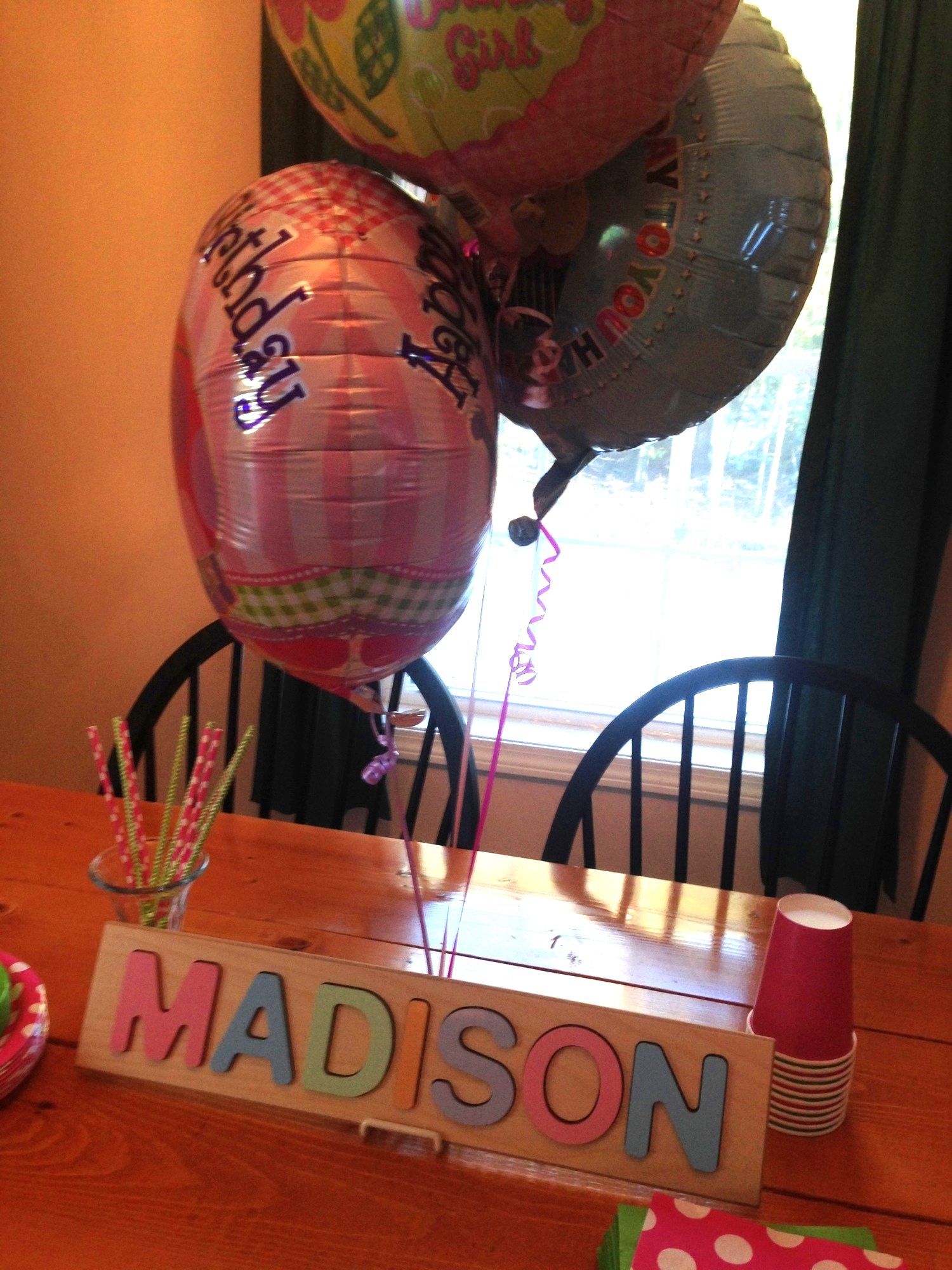Young Toddler Easter Basket Ideas
Today I thought I'd share what we'll be putting in our little one's Easter Basket. My goal was to spend less than $20 and fill it with practical and fun items. | This post contains affiliate links |
Our little girl is only 15 months old, has more than enough toys, and doesn't eat candy yet so I was a little stumped as to what to put in her Easter basket at first. After some thought I decided to fill it with some items she needed anyway and a few things to use outside once the warmer weather comes (someday soon, I hope).
I started with the Easter basket I made for her last year (you can read my post on making her Button Easter Basket here). First I filled the bottom with paper Easter grass - having a toddler and a dog, it's so important to use the paper Easter grass over plastic just in case any gets eaten. The paper grass is also a lot more eco-friendly.
I love what I found to put in her basket!
In her basket:
- Owl Lunchbox by SkipHop. She desperately needed a new lunchbox (hers broke) and this owl one from Amazon was just the cutest. There are many other animal styles to choose from too if owls aren't your thing.
- Purée pouches by Plum Organics. What toddler doesn't love snacks? We picked these up last time we were at Target but they can be found at just about any grocery store or purchased by the case from Amazon.
- Baby Farm Animals board book by Golden Books. We actually got this book for free from the local library (they were clearing out duplicates) but you can usually find inexpensive board books on Amazon or on sale at your local book store.
- Child's Watering Can. We got this from the Dollar Store, but these can also be found at your local pharmacy. (Similar one here.)
- Egg-Shaped Chalk. These came from the dollar bins at Target, and I love them because they're easy for little hands to hold. (Similar ones here.)
Since I got the board book for free I spent right around $15 for everything - wahoo!
Other basket ideas for a one-year old or young toddler:
- puzzle
- socks
- crackers
- crayons
- busy book
- sunhat
- bubbles
- educational placemat
- teether
- rubber playground ball
- shovel and pail for the beach
All of these items can be done for a girl or a boy, and are easy to tweak if you wanted to tailor it more to your own child. I hope I've given you some ideas of what to put in your little one's Easter basket - Happy Easter!
Looking for more Easter ideas? Check out our other Easter posts:
KEEP UP WITH BIRCH LANDING HOME
| Etsy | Facebook | Instagram | Pinterest | Bloglovin' | Hometalk |



























